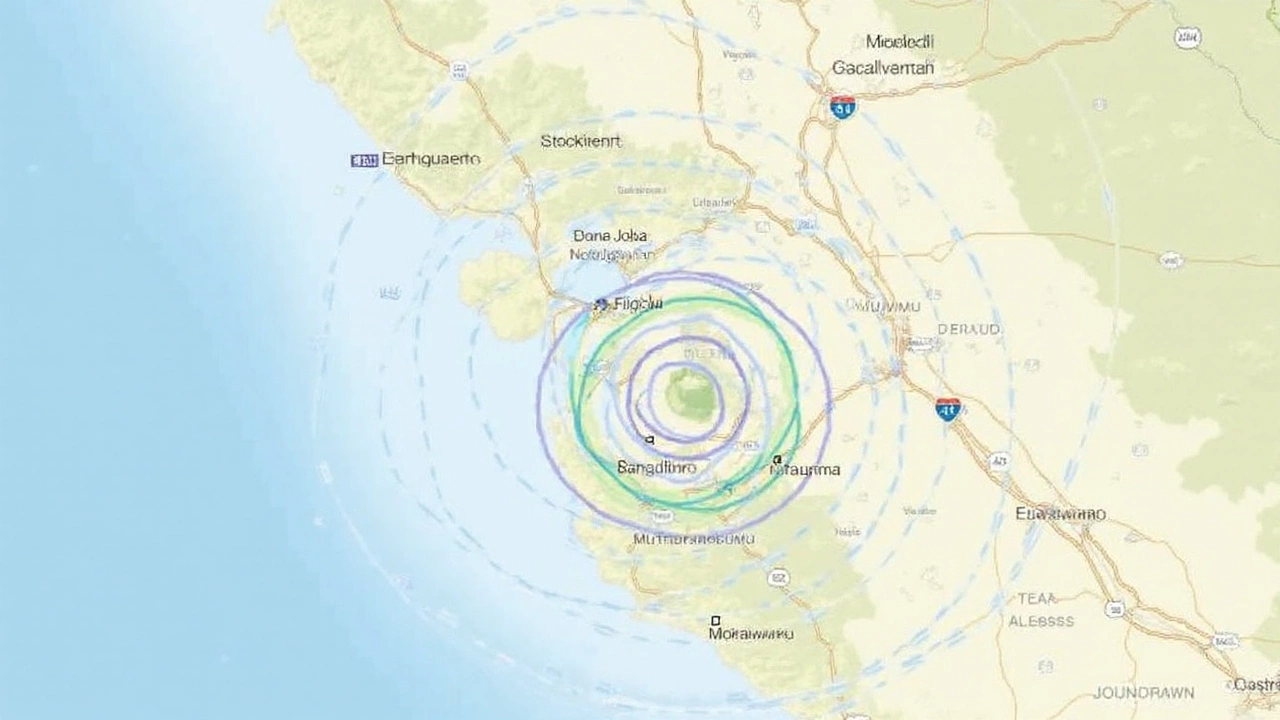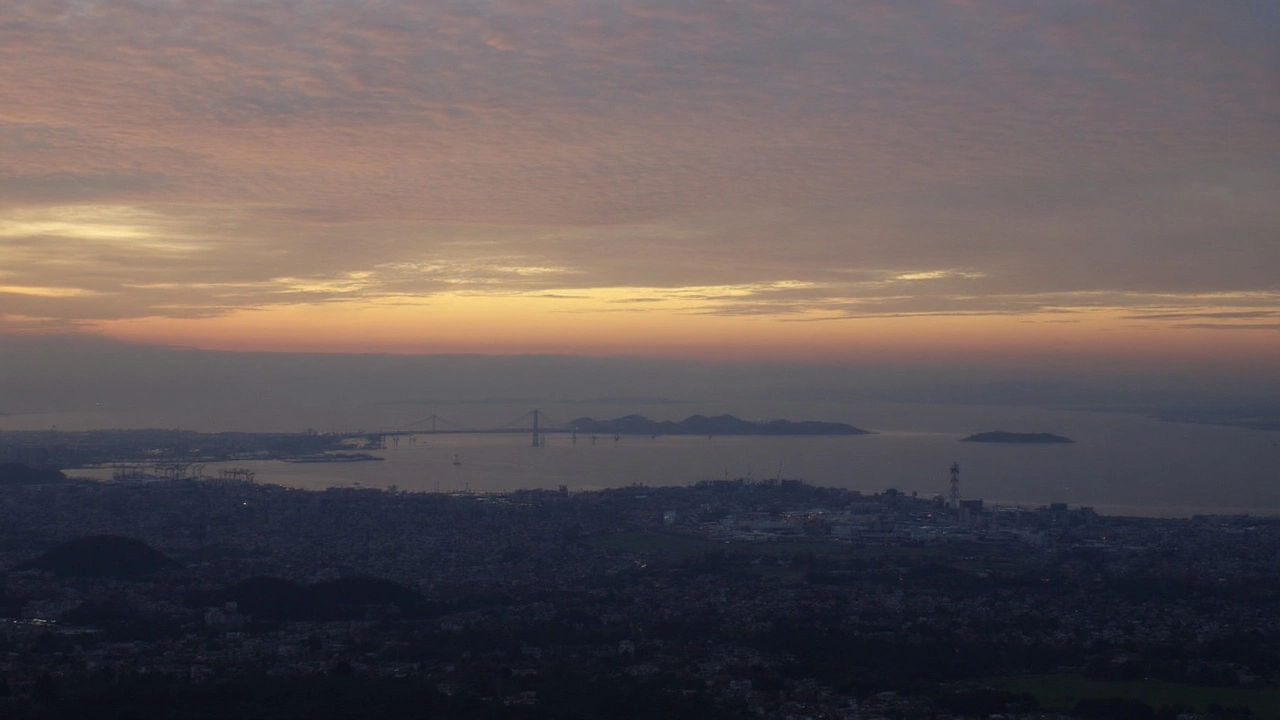What Happened on September 19
At 6:58 a.m. local time on September 19, 2025, a powerful Kamchatka earthquake struck offshore, registering a magnitude of 7.8. The tremor lasted roughly 40 seconds, shaking an area the size of Wyoming and reaching peak ground‑motion intensities of MMI 6–6.5 in the peninsula’s two biggest cities, Petropavlovsk‑Kamchatsky and Yelizovo.
Residents described being jolted awake, some clutching children as the floor beneath them swayed. In Petropavlovsk‑Kamchatsky, concrete apartment blocks suffered cracked walls and sections of plaster falling off. Yelizovo saw similar damage, especially in older Soviet‑era housing. Despite the visible destruction, local authorities confirmed that no one was injured or killed.
The Pacific Tsunami Warning System initially issued advisories for coastal communities across the Pacific, prompting a short‑lived evacuation in several towns. Within hours, however, monitoring buoys and tide gauges reported no significant sea‑level rise, leading officials to cancel the tsunami threat and reassure the public.
- Magnitude: 7.8
- Depth: shallow offshore source
- Peak intensity: MMI 6–6.5 in major cities
- Casualties: none reported
- Immediate tsunami advisory: issued, then withdrawn

Why Kamchatka Remains a Seismic Hotspot
September’s quake is the second major shock to hit the peninsula within weeks. Just six days earlier, a comparable event rattled the same region, while July 2025 saw an unprecedented series of five large quakes, including an 8.8‑magnitude megathrust that ranks as the sixth‑strongest ever recorded. Scientists attribute this surge to the Pacific Ring of Fire, where the Nazca, Pacific and Okhotsk plates converge and grind against each other.
“The stress accumulation along the subduction zone is unusually high right now,” said Dr. Elena Morozova of the Russian Academy of Sciences. “Each large rupture releases some energy, but it also reshapes the fault network, setting the stage for further aftershocks and possible future megathrust events.”
Aftershocks are already rolling in, with magnitudes ranging from 4.0 to 5.5 over the past 24 hours. Seismologists expect the frequency to taper off gradually, yet they warn that the region’s monitoring network must stay fully operational to catch any unexpected swells.
Local officials have ordered inspections of all high‑rise concrete structures and reinforced emergency response plans. Public schools in the affected cities have added earthquake drills to their curricula, emphasizing “drop, cover, and hold on” techniques for younger students.
International observers are watching Kamchatka closely; the recent cluster of powerful quakes provides a rare window into how large subduction zones behave under extreme stress. Continued data collection will help refine global tsunami models and improve early‑warning systems for coastal populations far beyond Russia’s far‑eastern shores.

